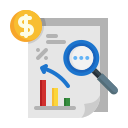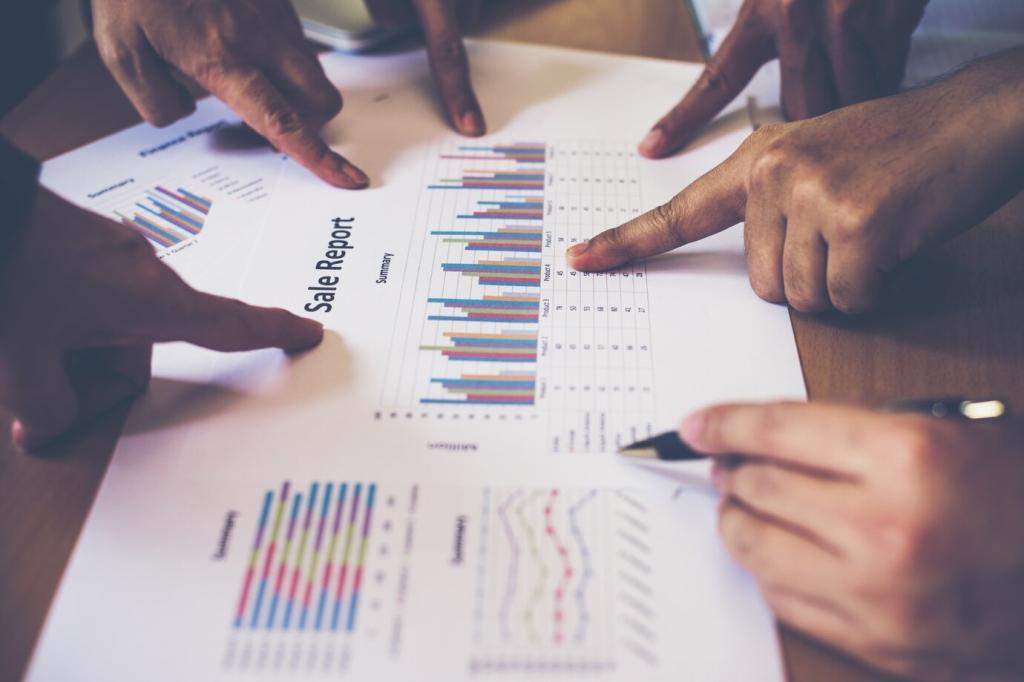Methods that Turn Numbers into Insight
The Solow framework separates growth into capital, labor, and total factor productivity. That last piece, productivity, often hides the story of technology and better organization. Share examples where smarter processes beat bigger budgets.
Methods that Turn Numbers into Insight
Panel data, difference-in-differences, and synthetic controls help compare similar places through time. When policies roll out unevenly, these methods uncover plausible causal effects. What local policy shift would you like us to explore with these tools?
Methods that Turn Numbers into Insight
Asking “what would have happened otherwise?” disciplines our interpretations. Natural experiments and careful matching anchor conclusions in evidence, not wishful thinking. Tell us a policy myth you’d like tested with real data.
Methods that Turn Numbers into Insight
Lorem ipsum dolor sit amet, consectetur adipiscing elit. Ut elit tellus, luctus nec ullamcorper mattis, pulvinar dapibus leo.





